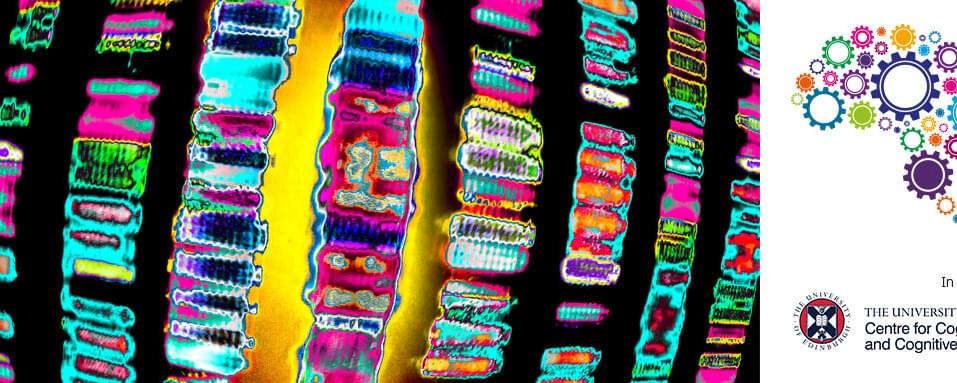Shared with Dropbox.
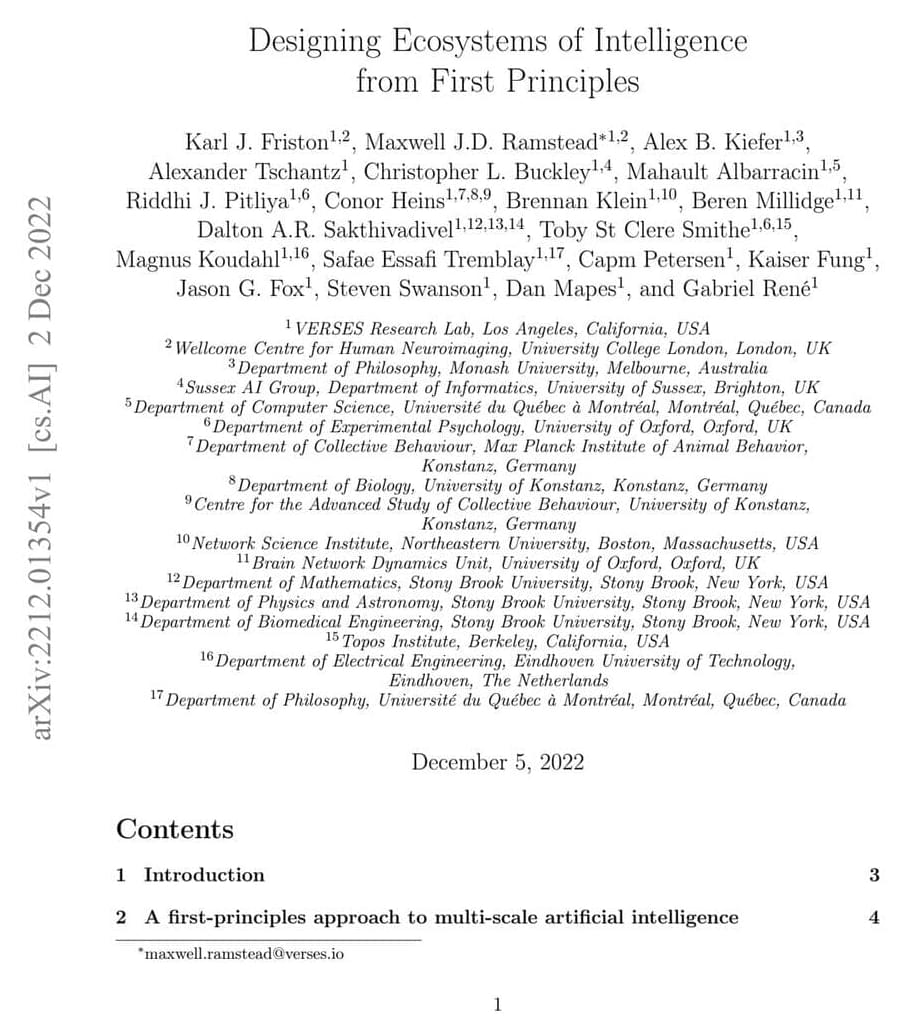


Our presenter Jonathan Nowak, will discuss representative multiplexed assays for protein and RNA profiling built in the lab and discuss the necessary elements to operationalize this type of testing in a translational research laboratory. He will also explore the advantages of different assays and key considerations for ensuring consistently high data quality spanning hundreds to thousands of specimens.
Learning Objectives

The fascinating phenomenon of sonoluminescence, where light is produced when an underwater bubble is collapsed by a sound wave, has sparked a vibrant discussion. Despite being a subject of scientific research and debate, the exact mechanisms behind sonoluminescence are still not fully understood.
One user pointed out that this phenomenon is also known as sonoluminescence, which occurs when a small gas bubble in a liquid is collapsed by intense sound waves, emitting a short burst of light. This can happen in a laboratory setting using a device that generates and focuses sound waves into a liquid.
Several theories have been proposed to explain how the light is produced. The Hot Spot Theory suggests that the bubble’s collapse causes the gas inside to heat up to extremely high temperatures, possibly hot enough to ionize the gas and produce a plasma, which then emits light.
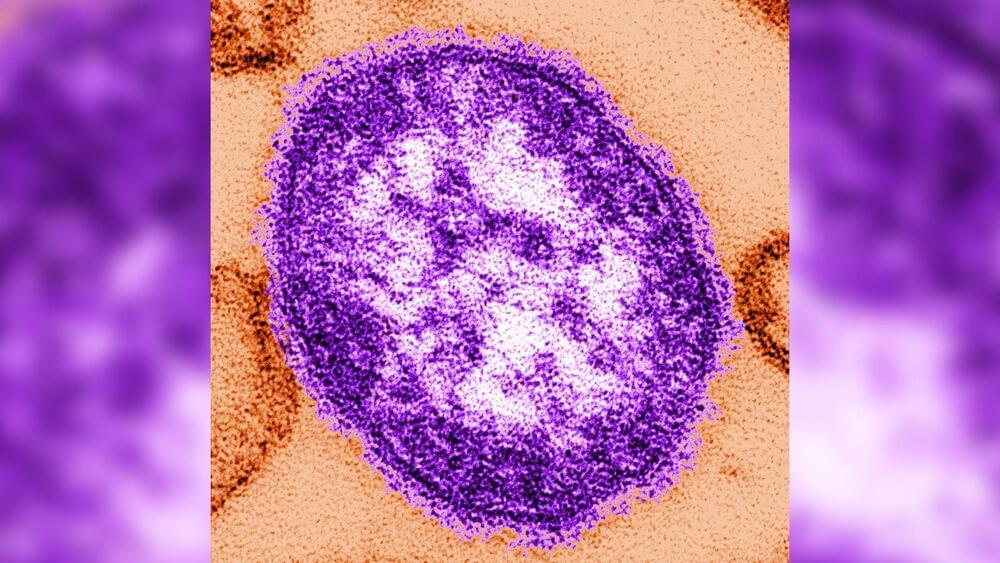
That number is up from last week, when the CDC reported 35 cases in 15 states. Michigan is the new addition to the list, with one travel-related case of measles in Oakland County confirmed by the Michigan Department of Health and Human Services.
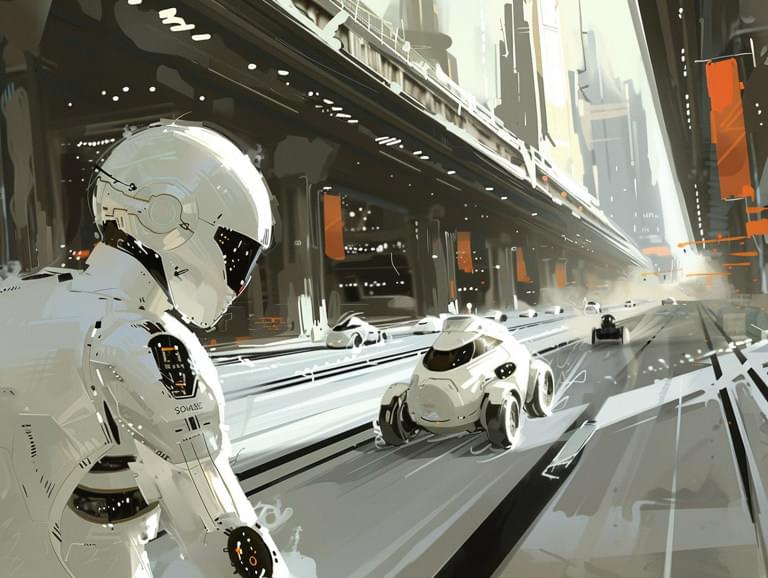

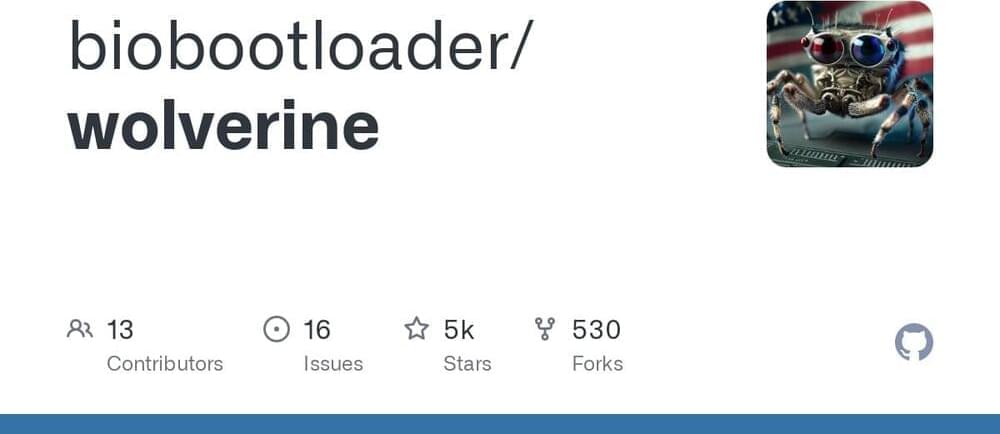
Try free for 7 days, and get a 60% discount if you join the Speakly annual subscription: https://speakly.app.link/sciencephile…
Sciencephile Merch: https://crowdmade.com/collections/sci…
Support me at Patreon: / sciencephiletheai.
Facebook: / sciencephile.
Twitter: / sciencephile_
Reddit: / sciencephiletheai.
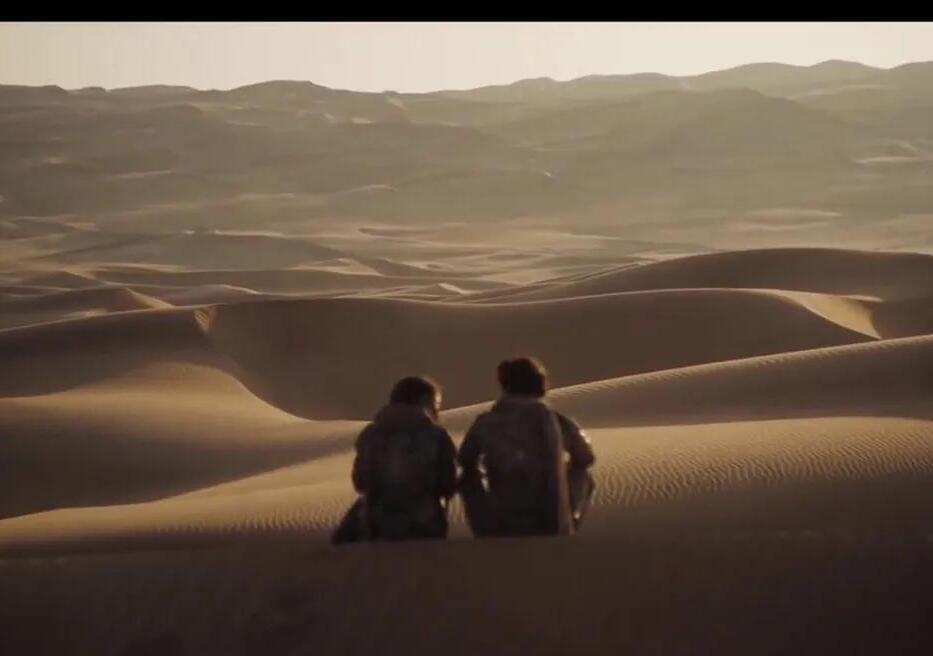
If you are not clued up on Arrakis it is a desert planet that is home to a valuable mineral in the Dune universe called ‘spice’ which is mined using giant harvesters. As you can imagine being a desert planet isn’t a desirable place to be and to make it worse, water is such a scarce commodity that people have to wear suits that will harness the body’s water so it can be replenished and drank.
If that wasn’t bad enough, there are also gigantic sandworms that roam the deserts of Arrakis, which to put it bluntly, you just don’t want to encounter.
